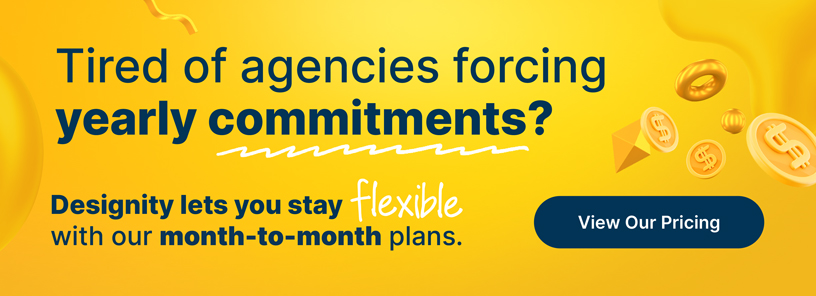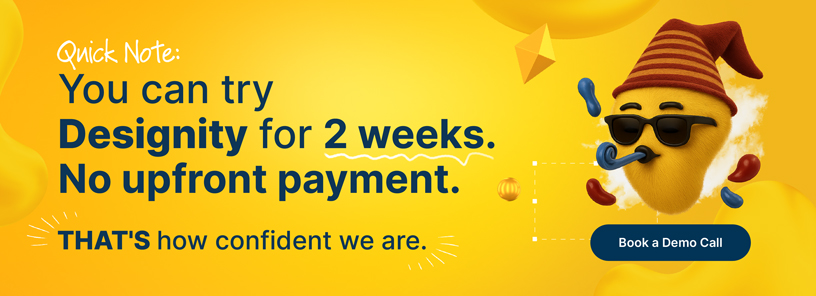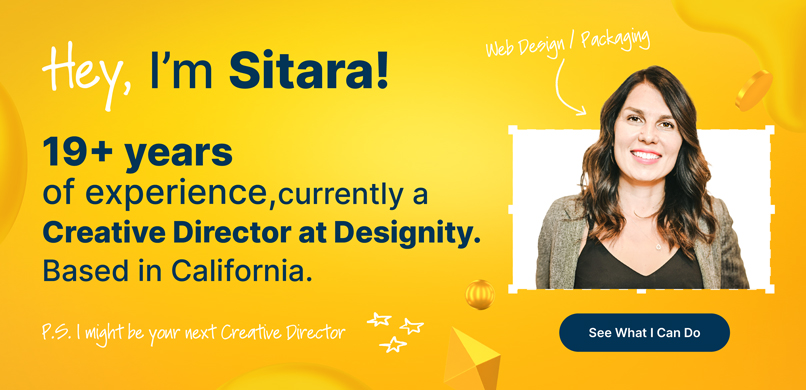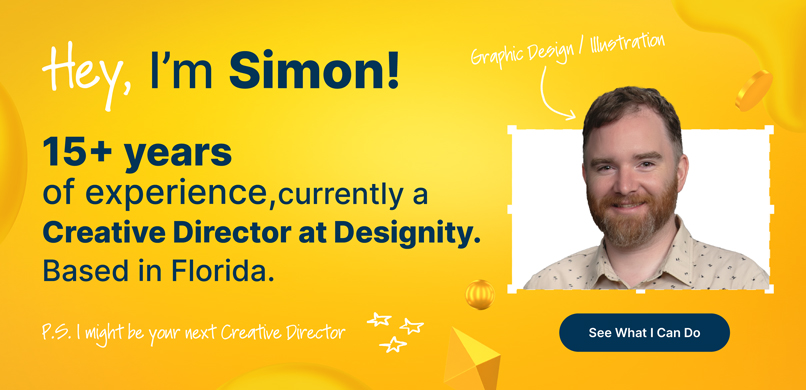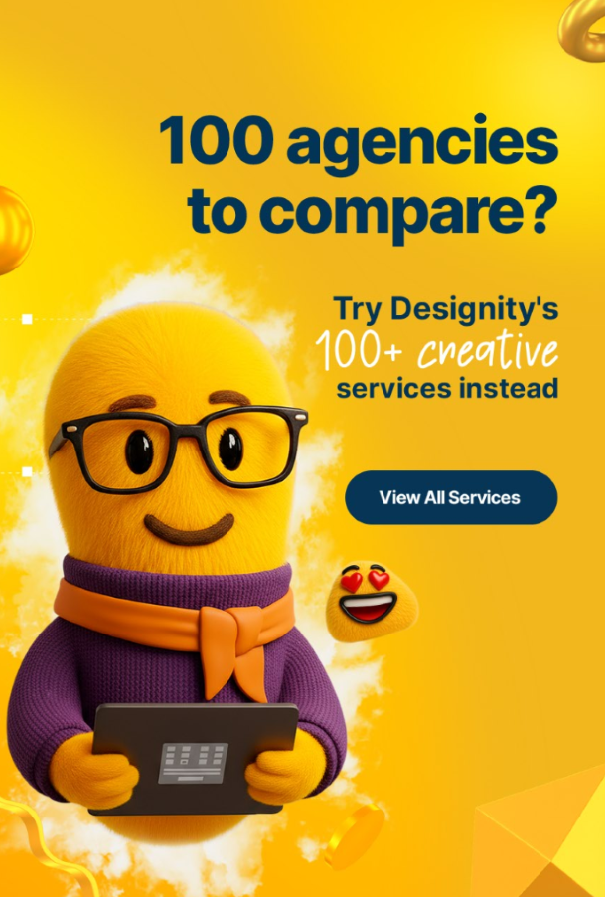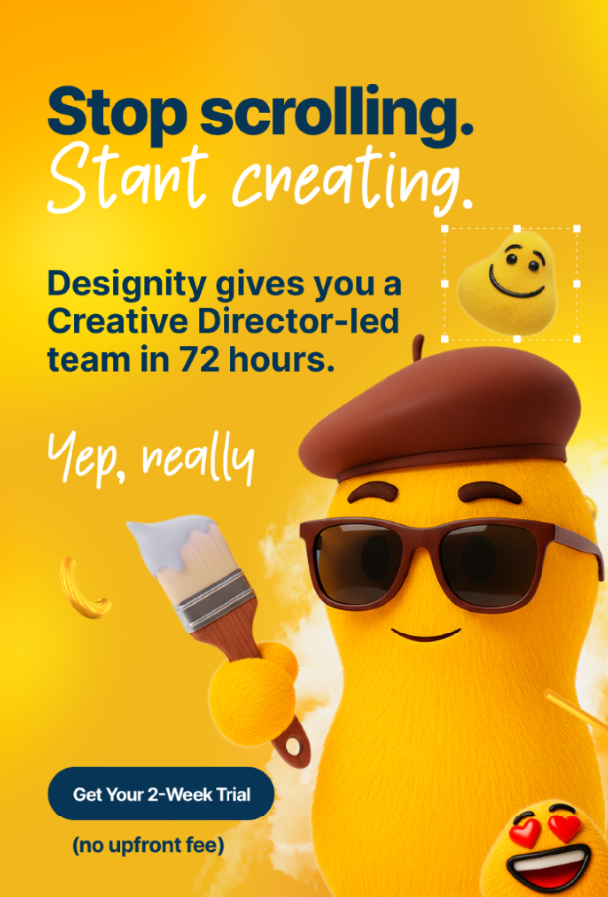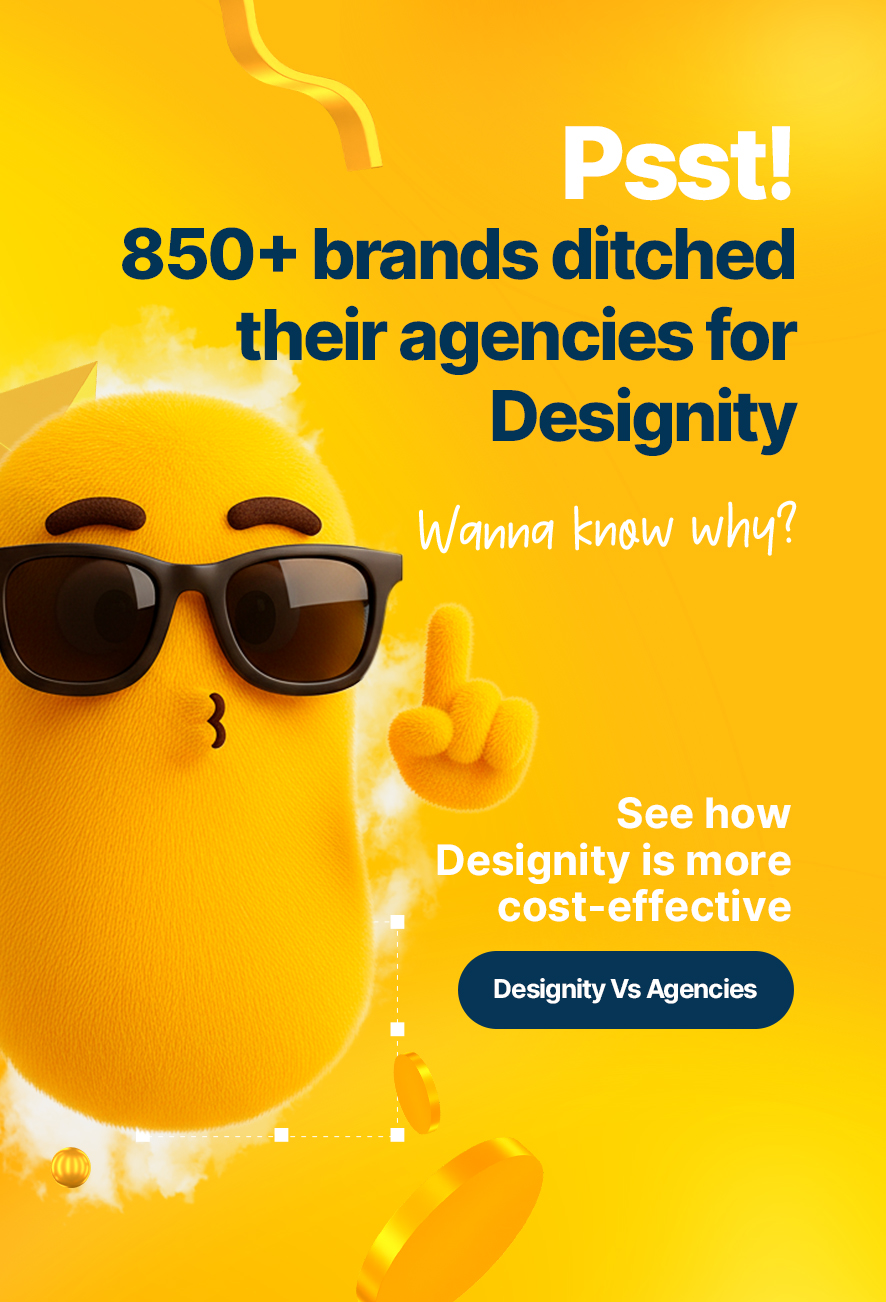If you’ve ever wandered through a bookstore or library, you can probably remember the specific routine you went through in order to select a book.
You navigate the aisles until one catches your eye. You pick it up, look at the back for a summary, flip through its first few pages, give it a good sniff (we don’t judge), maybe read the reviews in the front matter or the first few paragraphs of the first chapter.
Then you smile, tuck the book under your arm for later, and head toward the checkout counter.
It’s a familiar process, but what guided your eye to that particular book in the first place? What made you stop and want to know more?
If you’re like most people, it was the front cover.
That’s because a book cover is like a literary first impression, it’s your first opportunity to entice your target audience and make them curious as to what you have to say.
There’s an old saying floating around, “Don’t judge a book by its cover.” Pfft. Sorry, but that’s exactly what we do and that’s exactly what your target audience is doing too as they look for e-content to consume.
So, if you’re ready to stop using boring eBook covers, then this is the blog for you. Read on to see how you can start designing eBook covers that make great first impressions on your audience and help your content sell!
Why Your eBook Cover Design Is So Important
We described the book-selection process of old, but that isn’t quite how eBook selection goes, is it?
EBooks are a different animal than physical books. Like everything else on the internet and social media, your eBook is competing with tons of other information that’s constantly bombarding your users as they scroll.
Your cover is often the only thing that they’re going to see and it’s going to be competing with a bunch of other similar covers that surround it.
This means it isn’t likely that your audience is going to take the time to click, to read a summary, to scroll down for reviews, or to download a sample unless your cover really, really speaks to them.
Because of this, it’s crucial to put some extra thought into your cover design.
Here are some tips to elevate your eBook cover design and start enticing your viewers to click:
Do Some Groundwork

As always, the best design starts with a little groundwork.
Before you start your cover design, there are two things you’re going to have to factor in:
The Competition
No matter if your eBook is a novel, a technical guide, an educational resource, or any other type of content your brand creates, it’s got plenty of competitors.
This isn’t a negative though. Use it to your advantage.
Take a look at other eBooks similar to your subject matter. Find the highest-performing examples and study the covers they use.
Is there a pattern that you can see? Is there something your competition is definitely doing right that you can incorporate into your design? Do you see areas that you can improve upon?
Take note and then move on to …
Your Audience
It’s always the right idea to factor your audience into any design you create.
If you’ve got user personas for your target audience, now is the time to go through them to see what your audience’s pain points are and how your ebook cover can address them through its design and messaging.
(If you don’t have user personas, then we know someone who can take care of that for you. Click here!)
Choose the Right Publisher
There are several different eBook publishers out there and each has its own guidelines when it comes to the images you can use for your cover.
We recommend finding out what you’re working with before you even start your design. It’s up to you, your audience, and your industry where you publish your eBooks, but some of the most common self-publishing platforms to create an eBook are:
- Amazon Kindle — When it comes to eBooks, Amazon Kindle Direct Publishing (KDP) is one of the biggest names out there. It offers both digital and print-on-demand publishing options and is ideal for a wide range of genres and industries.
- Google Play Books — If you couldn’t already tell from the name, this is Google’s eBook platform that offers a huge selection of eBooks in every genre and for every industry you can think of.
- Apple Books — Apple’s eBook platform for iOS devices. Authors and publishers can publish and distribute their eBooks with ease to the Apple user base.
- Smashwords — An eBook distribution platform that allows authors and publishers to distribute their eBooks to a variety of online retailers, including some of the major eBook players (some of which are listed here).
- Barnes & Noble — Through its Press platform, Barnes & Noble allows authors to publish and distribute eBooks for all industries to all the readers in its market.
- Kobo — Kobo is a global eBook retailer and eReader manufacturer that accommodates a variety of genres and industries for any content you can write.
- Lulu — A self-publishing platform that offers both eBook and print-on-demand publishing. It’s open for any genre or industry looking for print and eBook distribution options.
Choose Your Best Software

Once the groundwork and your distribution network are set, it’s finally time to design!
At this stage in your design process, you should have an idea of what your cover will need to stand out, so all that’s left is to choose the tools that you’re going to use to create it.
Depending on your skill level, you can use a drag and drop tool for a simple cover or something more professional that offers you more precision and creativity.
Below are some of our favorites:
Drag and Drop Editors
- Canva is a user-friendly, web-based graphic design platform that offers up plenty of pre-made templates and design elements to choose from. It's an excellent choice for authors and publishers seeking an easy-to-use tool to create visually appealing eBook covers.
- Kindle Create is Amazon’s free eBook formatting tool but also includes ebook cover templates fo basic cover design. This makes it very convenient for those looking to publish their eBook and design their cover all in one platform.
- Adobe Express is a professional-grade platform that provides templates, fonts, and customization options for creating visuals, including eBook covers. Adobe Spark is a great choice for users who are familiar with Adobe's creative tools and want a bit of a more advanced design solution to let them customize covers to their preferences.
- Snappa is an online graphic design tool known for its user-friendly interface and ease of use. Snappa's simplicity and library of pre-made templates make it an excellent choice for publishers looking to create attractive covers quickly without needing to be a design expert.
Advanced Editors
- Adobe offers up a whole slew of professional graphic design tools with its main stars being Photoshop, InDesign, and Illustrator. All three of these are industry standards and offer plenty of features to allow you to create a visually stunning and totally customizable cover for your eBook.
- Affinity is another suite of graphic design software, including Affinity Designer and Affinity Photo. Affinity Designer, in particular, is known for its vector graphic capabilities and can be an alternative to those looking for something to rival Adobe’s Creative Suite.
- GIMP (GNU Image Manipulation Program) is a free and open-source raster graphics editor and quite a versatile tool for professional graphic designers who prefer open-source software and need powerful image editing capabilities.
- Scribus is another open-source desktop publishing software that caters to professionals in the publishing industry. It's an ideal choice for designers and publishers who require precise control over the layout and typography of their book cover design.
Design Your eBook Cover Like a Pro

When it comes to the actual design of your eBook cover, keep the following in mind as you work with your software of choice.
Fonts
If you’re publishing a novel, it’s fine to be more creative with your title font, just be sure that you choose something legible that can be easily read, even when it’s shrunk down to thumbnail size.
A technical guide or educational material should shoot for legibility and ease of reading in its title font.
It’s also important that you don’t have too many different fonts. A title font and subtitle/ author font should work just fine. Use colors or font size to establish the hierarchy of your information.
Colors
Choosing the right colors can make a visual impact and connect with your readers.
In addition to using your brand colors, remember that color psychology also plays a crucial role in how readers will perceive your eBook as they scroll through a website. Warm and vibrant colors like reds and oranges can evoke emotion and excitement, while cool blues and greens might convey tranquility and calmness.
Go for a color palette that matches the mood and genre of your subject matter and that also complements the font and images you’re using on your cover.
You can also use color to draw attention to your title or any other element of your book cover that you want your audience to notice right away.
Images
Using the right images can go a long way toward capturing your audience's attention and enticing visitors to click on your eBook.
Choose images that are relevant to the subject matter of your book, so your audience knows what to expect.
Similar to color psychology, different images, such as a night sky or water can invoke certain emotions in your viewers. Take this into consideration and aim for the atmosphere you want your cover to convey.
Be sure to also use only high-quality images that work well with the color scheme of your cover design and aren’t too cluttered or busy looking so that text can easily be layered over it if needed.
Stock Image Sites
Feel free to check out these stock image sites to find free (or affordable) images to use for your next eBook cover.
Layout
The way you lay out the information on your cover (Title, Author, images, quotes, etc.) will depend on what your audience expects from you, but typically, a book cover will have a Z or F layout.
By that, we mean that the placement of images and text naturally guides the reader’s eye along a path across your cover that resembles either the letter Z or the letter F.
There are various schools of thought about the most ideal cover layout, but these concepts should give you a good place to get started.
There’s also the rule of thirds, which suggests that off-center (from the middle or the top) images are more pleasing to the eye than dead-centered ones. Experiment with what works best and don't be afraid to ask for feedback!
Ultimately, it’s all up to what you think your readers want to see!
Other Tips
As you work on getting your cover designed, here are some additional tips to make sure that, when it’s finished, your cover stands out and effectively represents what you’re selling!
- Keep it simple. A cluttered design can overwhelm your readers. Stick to just an image or two with the eBook’s title, subtitle, and author.
- Make sure your image looks good in a thumbnail! This is the way most of your potential readers will first encounter it, so make sure it’s easy to see even shrunken down.
- Add a border if your cover is white or very light. This will keep your design from getting washed out by the background of the website you’re selling it on.
- Check the guidelines of your publisher and be sure your cover is in the correct file format for easier upload and publishing.
<div class="c-blog_comp-cta cc-component-1"><div class="c-blog_comp-cta-left"><div class="c-blog_comp-cta-left-wrap"><img src="https://global-uploads.webflow.com/61cdf3c5e0b8155f19e0105b/6369722e59155470b6840033_Potential-clients.png" loading="lazy" alt="" class="c-blog_comp-cta-left-img"></div></div><div class="c-blog_comp-cta-right"><div class="c-blog_comp-content"><div class="c-text-wrapper cc-mb-32"><div class="c-title-4 cc-bold"><strong>Want to save money without sacrificing the quality?</strong></div></div><div class="c-text-wrapper"><div class="c-text-2">Say goodbye to traditional, expensive agencies and unreliable marketplaces. Say hello to Designity.<br></div></div></div><div class="c-blog_comp-wrapper"><a href="/pricing" target="_blank" class="c-button cc-primary cc-inverted w-button"><strong>Get Your 2-Week Trial</strong></a></div></div></div>
Or You Can Hire a Professional ...
If after reading this article, you come away with the idea that designing an eBook cover is hard work, then …
You’re right.
Or you should be. Anybody can design a cover, after all, but if you’re looking for an eBook cover that elevates your content, connects with your readers, and entices viewers to click, it’s always best to leave it up to a professional designer.
A pro designer has the experience and skills to perfectly put together an eye-catching cover in a way that is sure to set you apart from any competitors still stuck using drag and drop editors, pre-made design templates, and free stock photos.
A book designed by a pro can be completely personalized for your brand using custom illustrations that are sure to grab attention and set your customers on the path that leads to a sale!
By the way, did you know that Desinigty is made up of the top 3% of US-based creative talent including all the graphic designers, artists, and illustrators you could ever need to create an eBook cover that’s a true work of art?
And if you need that eBook to be written in addition to having its cover designed, then we’ve got you covered there too.
Have a look at our Presentation and Publications services page and our eBook services page to see what we can do!
Are your eBook covers helping you sell more books?


